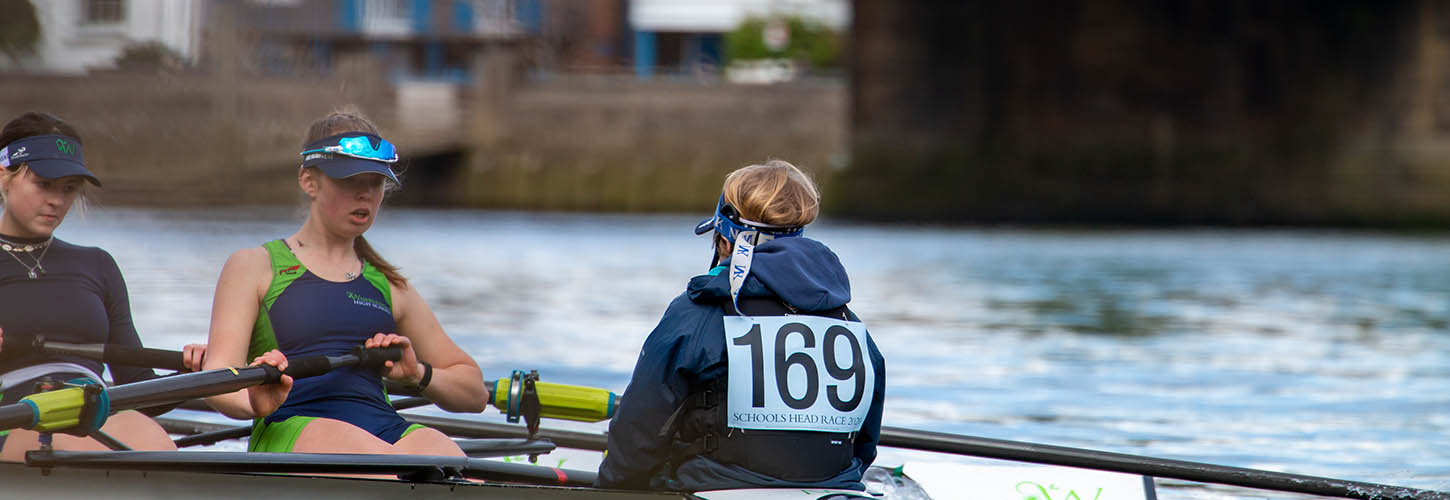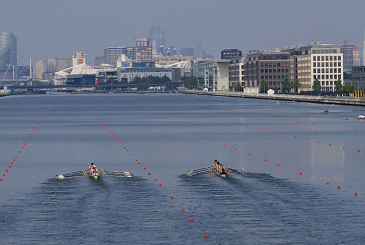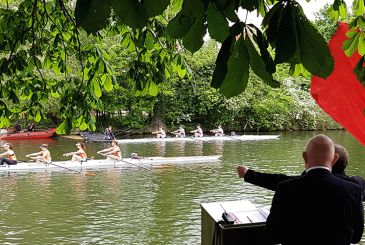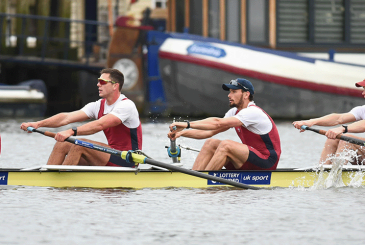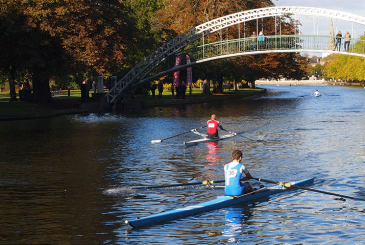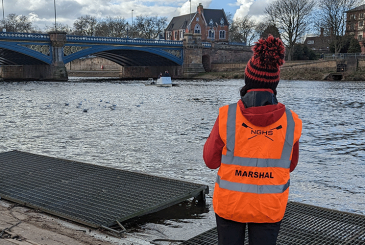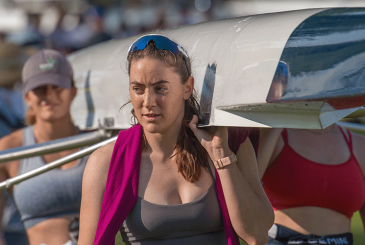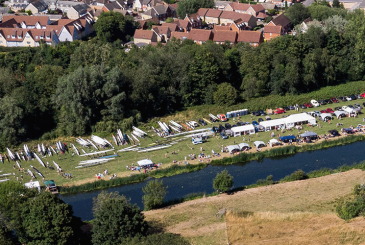There’s no doubt that the Thames Tideway is a famously challenging stretch of water on which to race. It’s long, it’s wide and exposed to the elements, and it’s complicated to steer with tidal stream and multiple bridges. With input from junior and senior athletes who have done their fair share of Tideway racing, Amélie from JRN explores some of the most common mistakes to avoid, especially in bleak, winter conditions.
Tideway mistake 1: Not doing your homework
All of the athletes interviewed here agreed that not knowing the details of the course and where you want to be on it is the number one mistake that crews make every year. Ben Rich of Tyrian Club, who has over a decade of experience coxing on the Tideway and has coached at University of London Boat Club, highlights that knowing your boat’s placement in the stream is essential but often overlooked. “The stream is usually only three or four metres wide,” he explains, “making sure you’re in the right place can shave up to 30 seconds off your finish time”.
“Not knowing the specific conditions on the day is a huge error,” adds another highly experienced junior and senior cox who also currently writes at JRN. “Check the wind and tide forecasts up until as close to boating as you can”, he advises. This is helpful advice for any race, but especially on the Tideway, where wind speed and direction can change so quickly. As you’ll be heading in opposite directions on different parts of the course, information about wind direction will help you decide where best to push on.
Tideway mistake 2: Not sticking to the race plan
A typical way of making this mistake is by going off the start too hard and running out of steam halfway down the course. This mistake is one that’s often made by less experienced crews through a combination of race day adrenaline and miscalculating the length of the course compared to other head races. Ben underlines, “Racing on the Tideway is stressful for both rowers and coxes, so having a race plan is the first step to overcoming this. Carrying out the plan is what separates the top crews from the rest of the pack.”
Georgie Robinson Ranger, who has recently rowed in the GB U23 women’s squad, brings up the key point that Tideway head races are unique in that there are a number of markers on the course, which crews can and should reference in their race plans. “The bridges are the most helpful markers for my race plan, as they give the whole crew several points of reference when keeping track of distance or when to add a push”, she explains.
Tideway mistake 3: Starting with too little fuel in the tank
Pay attention to nutrition! From your meals the day before, to breakfast on race day and post-race refuelling, nutrition is easy to overlook in the excitement of packing up for the trip and getting up early. Don’t forget that you’ll probably have to row 9 miles that day, to get to the start, race the course, and paddle back. And you’ll probably spend at least two and a half hours on the water. This is probably a lot longer than you’re used to, and all-too-many crews come away from a Tideway head race completely drained.
“Nutrition takes a lot of trial and error,” highlights Vittoria Cortese, a junior from Latymer Upper School BC. “As well as eating enough the night before and in the morning, I find it helpful to have food left over for the end of the race too, as it might take over an hour for you to get off the water”, she explains. Georgie adds, “When I raced the Scullers’ Head, my coach even brought Haribo when meeting me at the finish line for an instant boost”.
Tideway mistake 4: “There’s nothing worse than starting a race cold”
On a similar note, all the athletes agreed that time and time again, they see crews take to the Tideway in the biting cold without wearing enough layers. And this includes those with years of experience who should know better!
While taking enough kit with you for marshalling is important at any race, it cannot be over-emphasised for the Tideway. Due to the sheer number of crews racing on a given day, you have to expect to spend hours in the marshalling zone. “It‘s vital to have enough layers with you, as you’re so exposed to all the elements on the Tideway”, explains Vittoria, “And there’s nothing worse than starting a race cold”.
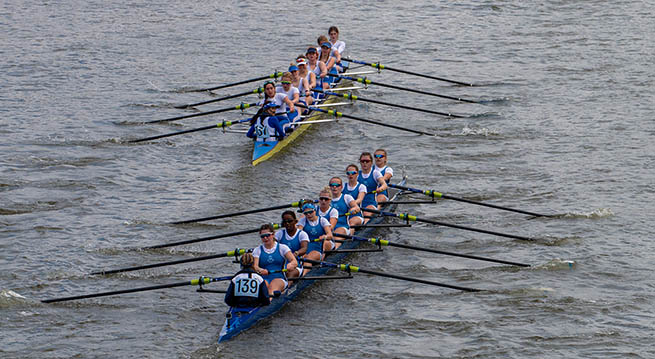
Tideway mistake 5: Coxes and bow steers not thinking ahead
The final mistake discussed by all the athletes interviewed is that less experienced crews tend to lose track of where they are in their race plan during a Tideway race because they haven’t anticipated the next stage of the course or the challenges that may come with it.
Both Ben and the second cox interviewed emphasise that it’s particularly vital for coxes and bows to think ahead. “It will help [the crew’s] performance enormously if they trust in the cox,” he explains, “The steersperson should always be thinking two minutes ahead, as the situation changes so quickly”. This particularly applies when overtaking. Decide well in advance which side of the crew ahead will be the better one to overtake on at the point in the course you expect you’ll do the maneuver.
Vittoria adds to steers must think far enough ahead to prevent panicking. “This ensures that the crew is not distracted, even when there is a lot going on,” she highlights, “stay calm and implement your race plan to the best of your ability.”


